Gran Canaria tattoo

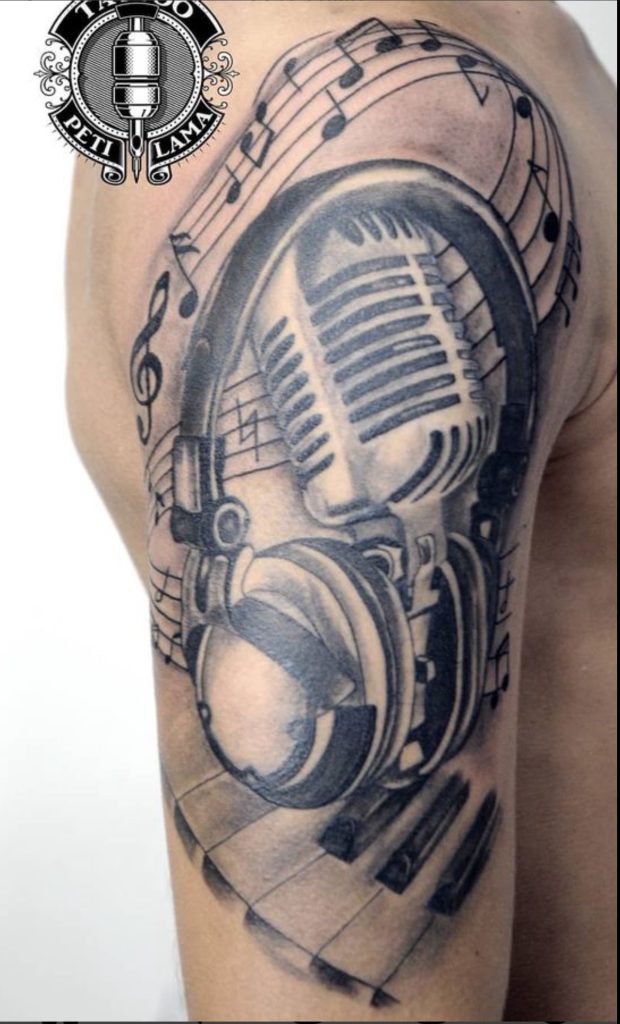

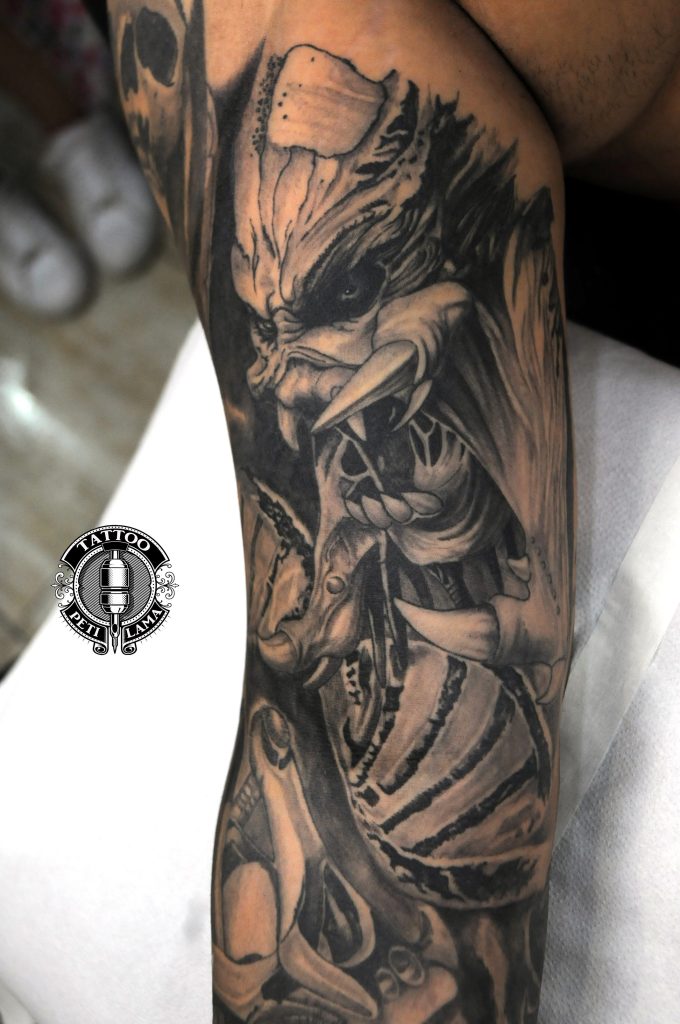
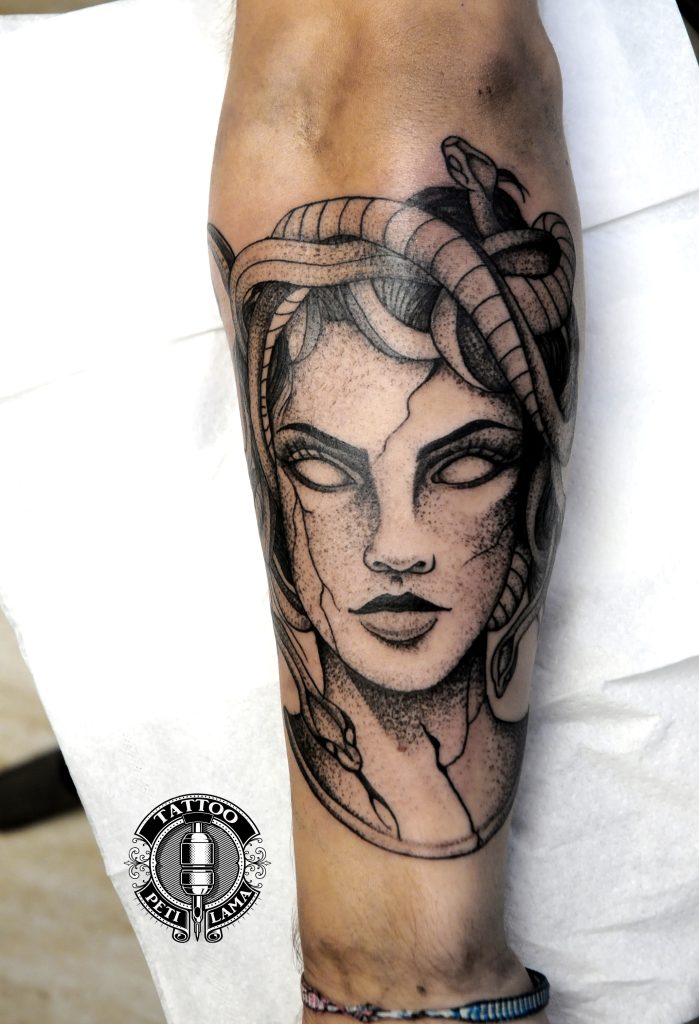

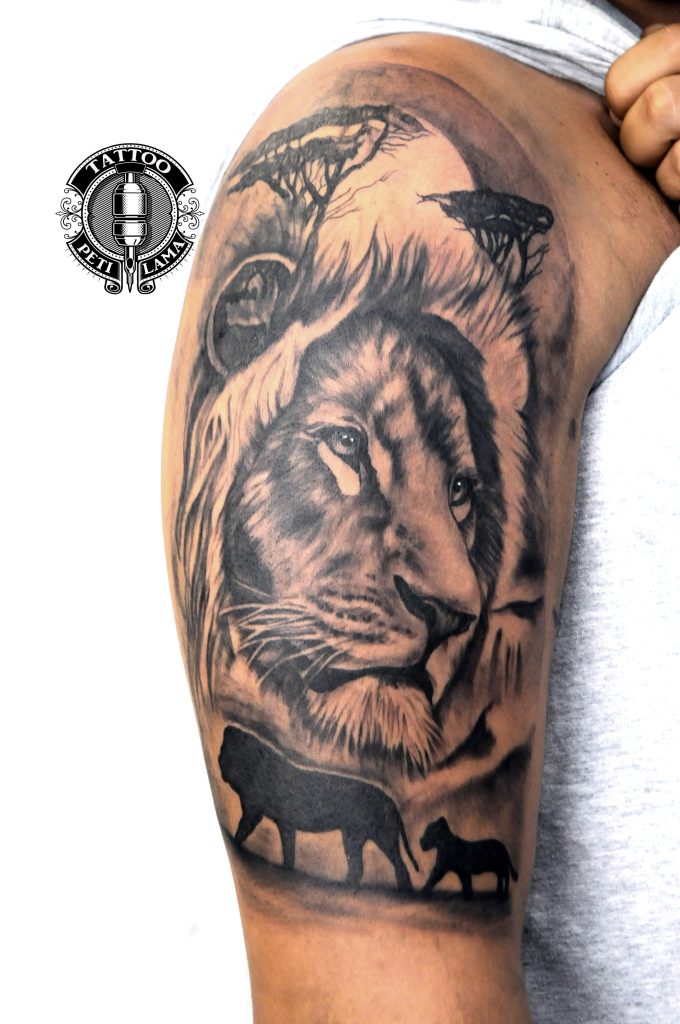

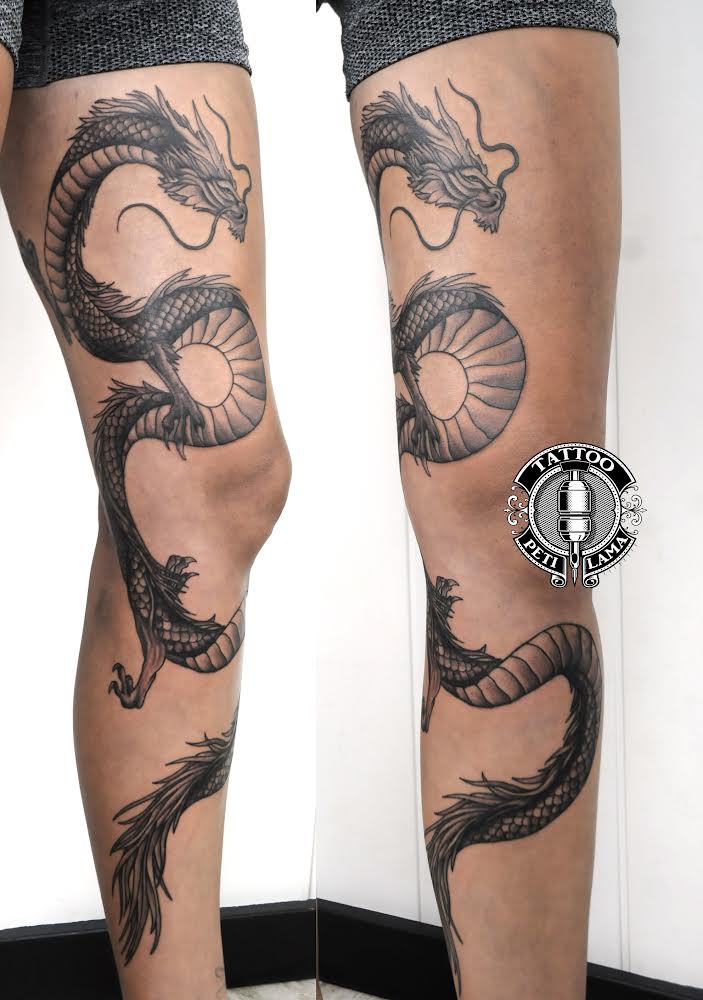
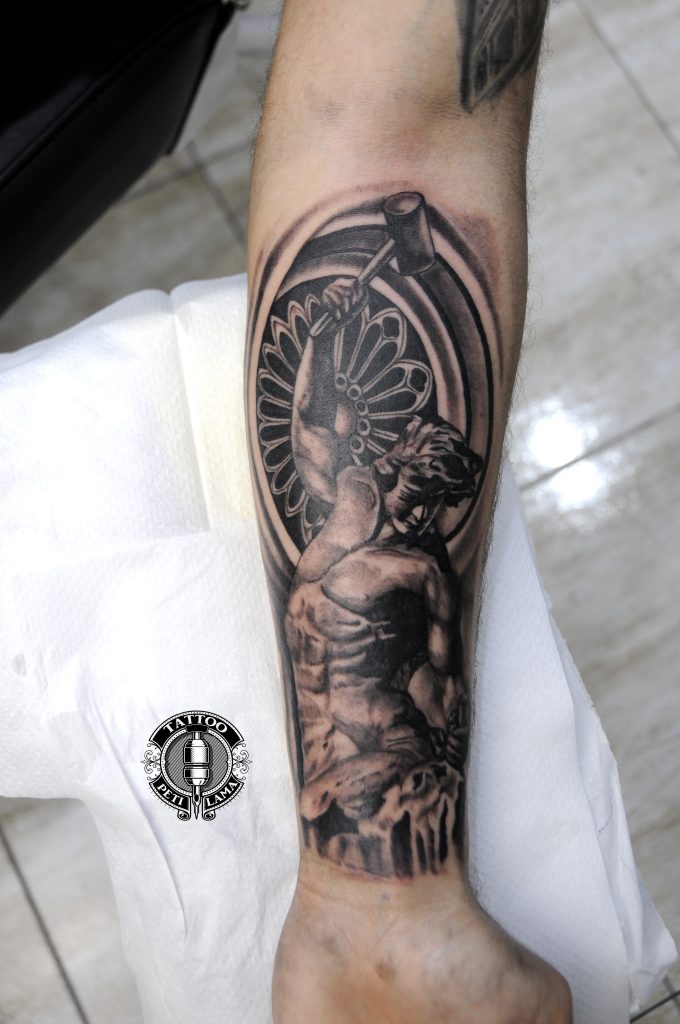
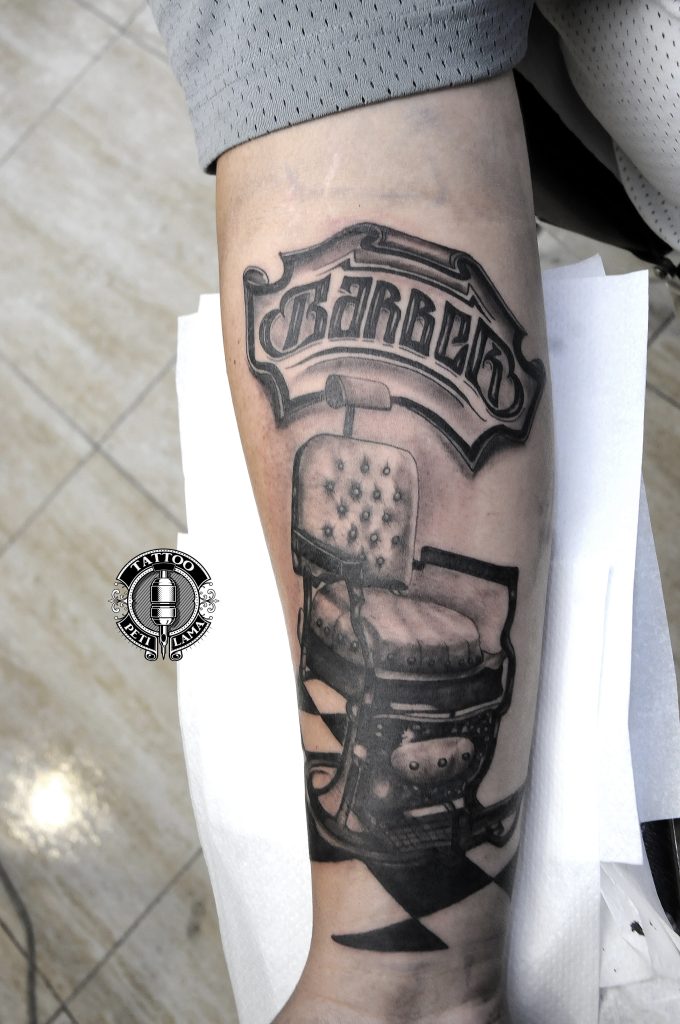
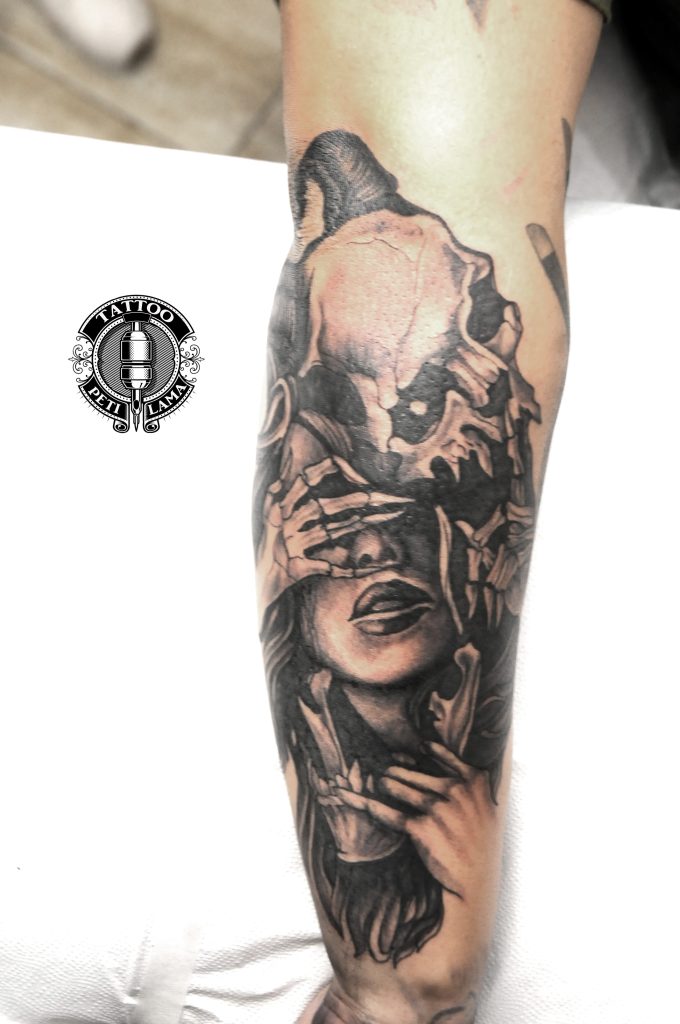
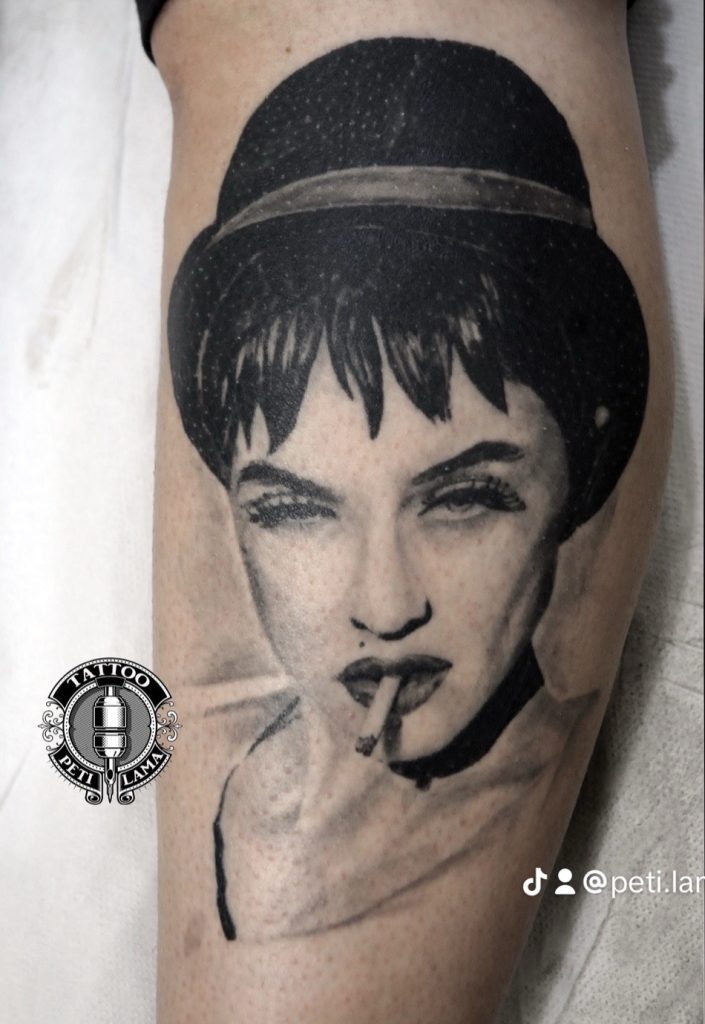
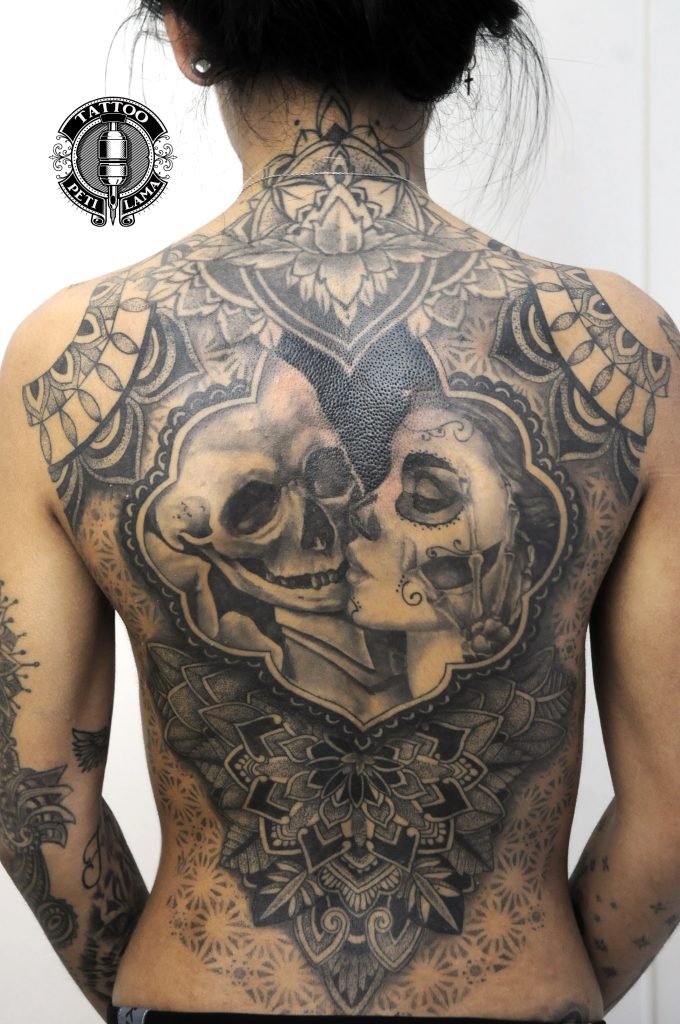
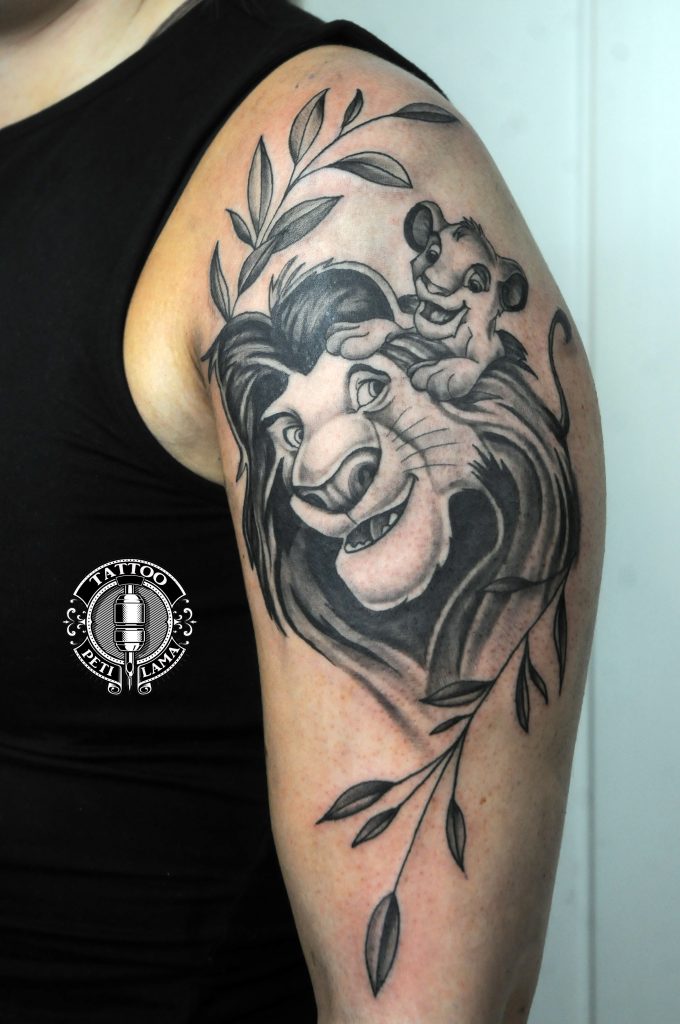

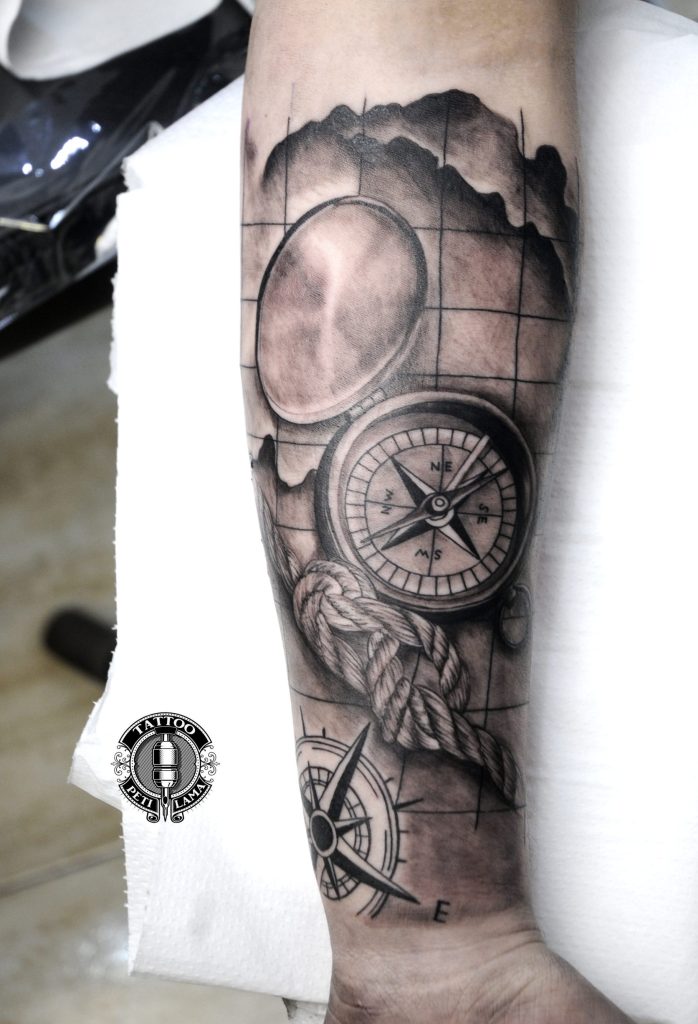

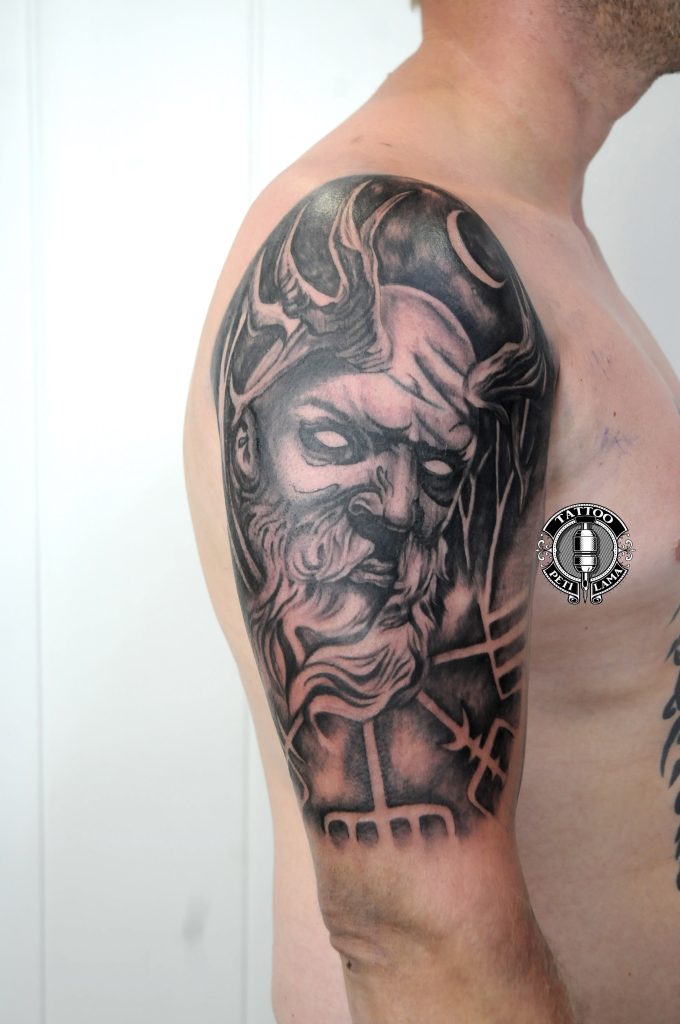

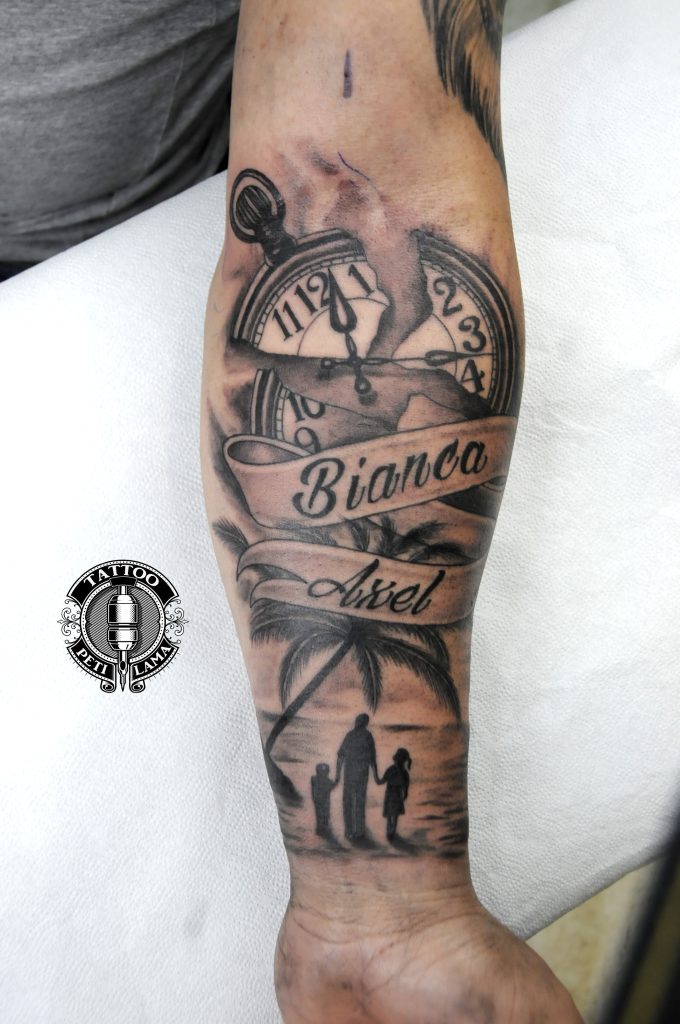


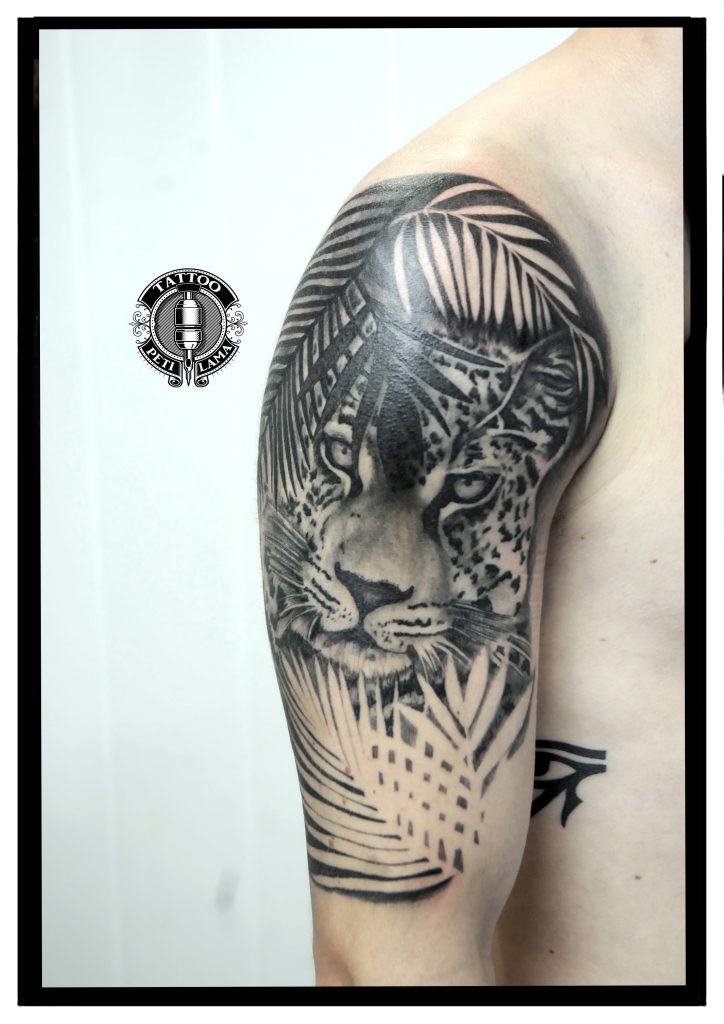
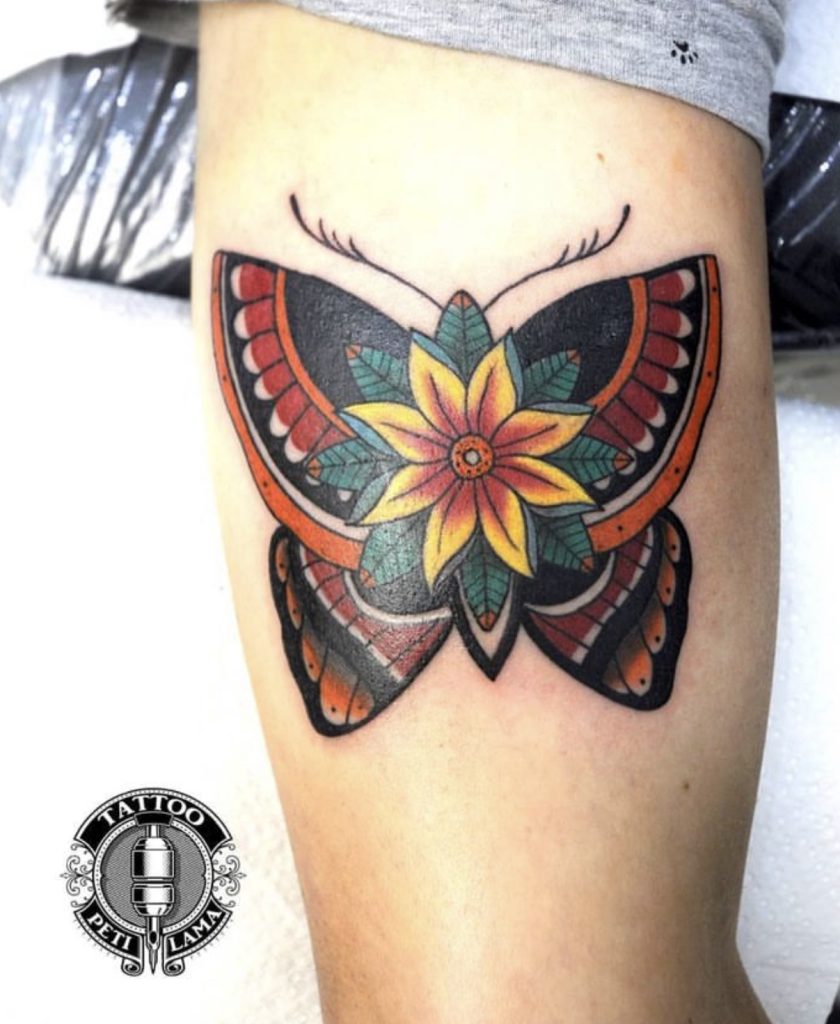

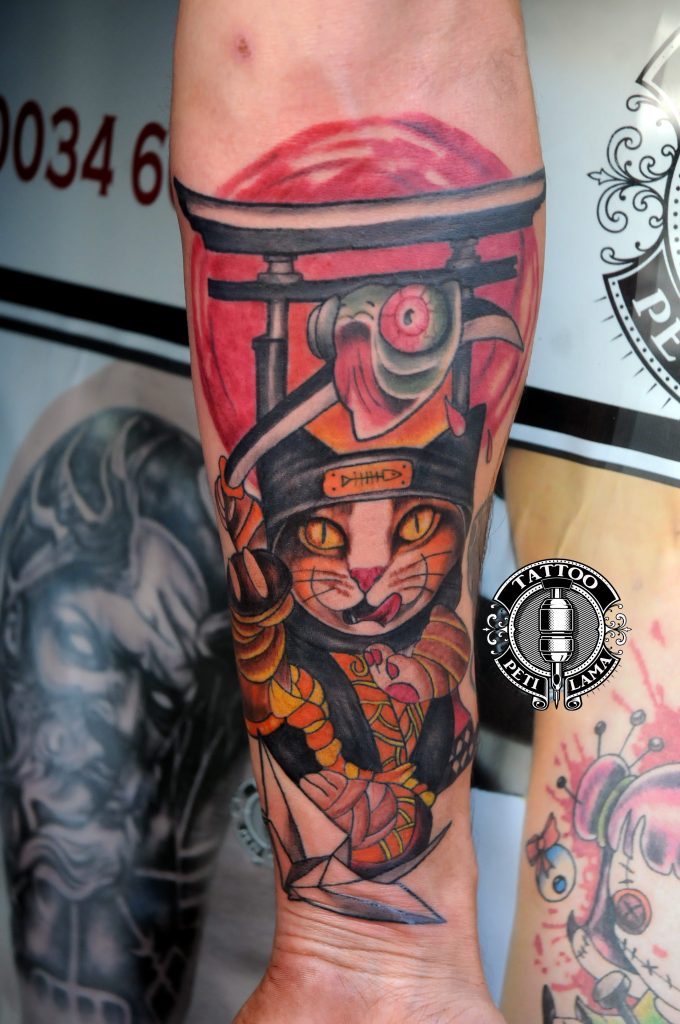
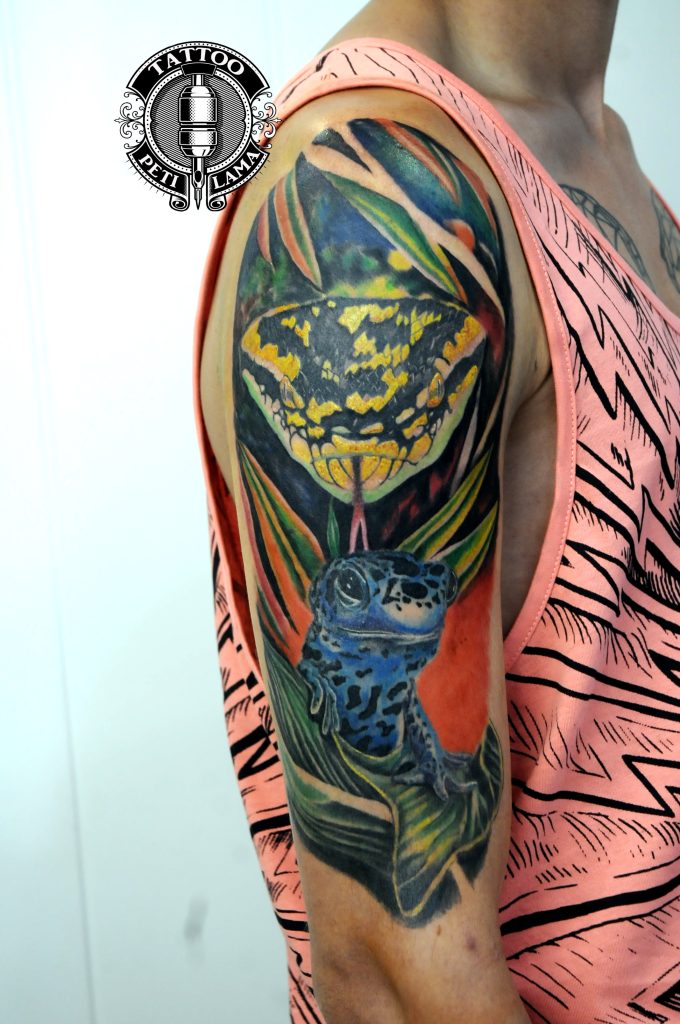
The “tattoo” it is a Tahitian word and comes from the word “tatu”, which means: to leave a mark on something. Gran Canaria tattoo It is claimed that the tattoo was used and practised 1200 years ago.Evolution of Tattoo and the tattoo has always played an important role in ritual ceremonies and was present in the cultural traditions. Gran Canaria tattoo The Borneo women have worn tattoos with patterns remembering lace gloves.For this, to be bride the evolution of Tattoo was of a great significance, being very advantageous when coming to marriage. Gran Canaria tattoo It was said that the tattoo around the wrist and the fingers would protect the person from disease and illnesses.
Gran Canaria tattoo
Long ago, having a tattoo expressed belonging to a tribe or a social class, but today in the slant of life this expresses rather belonging to a gang or a certain organisation. Gran Canaria tattoo. According to the ancient belief, the wearer carried the spirit of the animal depicted on his tattoo of Evolution of Tattoo
Tattoo Gran Canaria
The tiger, the sharks and predator birds symbolises the savagery and cruelty. In the documents of the writtenhistory, the earliest tattoos in Egypt were made during the construction of the great pyramids.
Tattooing reached China through Arabic, Persian, Greek, and Cretan culture around b.c. 2000. Tattoo Gran Canaria And The Greeks used tattoos to identify their explorers, but the Romans to mark their criminals and slaves.The Ainu people wore tattoos to show their social rank. Tattoo Gran Canaria number of tattoos worn by the queen of fighters depended on the number of heads cut by them.
Polynesian people indicated the different communities and members of the family and their rank with the help of tattoos, too. The Polynesians were those who brought the art of tattooing in New Zealand, from the facial tattoos called Moko, that is used even today, come from. Tattoo Gran Canaria it was use only to mark the criminals. Who committed his first crime received a line crossing his forehead, at the second crime he received a curved line and when the criminal was over his third crime a new line was provided. As a result of this custom, Tattoo Gran Canaria tattooing was promoted in the role of east ethics.The particular style of the Japanese people arose around the 1700s.
In the western culture of Evolution of Tattoo only at the end of the 1600s came back thanks to a sailor called William Dampner who, brought, from one of his expeditions a tattooed Polynesian man, namely Prince Giolo.
Tattoo Gran Canaria
The case produced a huge sensation among the people of London.Very soon the upper class started to have certain little decorations, tattoos, obviously only on very discreet places. Tattoo Gran Canaria
At the beginning the process has been made manually but in 1891 Samuel O’Rtiley patented the first tattooing machine. The basic idea was the electronic pen developed by Edison, which made points on the paper using a needle and some ink. Tattoo Gran Canaria patent of this machine made tattoo available for everybody so the upper class has turned away from it. Tattoo artists worked in the most neglected part of the town, since in the most part of the century tattooing was illegal. Tattoo Gran Canaria The tattoo artists formed secret organisations, they had no schools or courses where they could have taught their knowledge and they could advertise themselves only with the help of the grapevine.
New York, Chatham Square was the birth place of the American style tattoo. Tattoo Gran Canaria Samuel O’Riely came from Boston and opened here a tattoo saloon. He worked with Charlie Wagner who, following the dearth of his partner in 1908, started a joint venture with Lew Alberts a talented wallpaper designer who proved to be a determinant example for the contemporaneous tattooing artists.
Gran Canaria tattoo
While tattooing was declining in most of the regions in the Catham Square has been flourishing. The artists very often advertised themselves with Gran Canaria tattoo made on their wives. In thisperiod started to become more popular the cosmetically tattoo, (make up, coloured lips, the line on the eyelids). In the period of the World War I the patterns were limited mainly to braveness and war symbols Gran Canaria tattoo.
The headquarters of tattooing moved to Coney Island. Many saloons have been open-end in the country but most of them were closed to military and maritime centres of Gran Canaria tattoo
Gran Canaria tattoo
Following the World War II tattooing became less attractive since the trust has aghast. Gran Canaria tattoo This was due mainly to the appearance of the Hepatitis in1961. The newspapers detailed cases about the septicaemia, a blood-infection and other illnesses. Gran Canaria tattoo Is Developing cultures.
Samoa and Tonga sailors settled in 200 b.c. on the twelve islands forming the Marquises-island 1200 kilometres from Peru in the west. Here has the Gran Canaria tattoo developed during more than one thousand years one of the most complex Polynesian culture. The art and architecture was at high level and the patters of the tattoos that sometimes covered the whole body proved to be the most sophisticated cultural patterns. People of Polynesia by 1000 B.C. have made a colony from the island being at the east from Samoa. On the island have evolved characteristic cultural features; own languages, Myths, arts and tattooing styles, too.
Gran Canaria tattoo
Sir Joseph Banks a scientist was the first who started to think about the reasons for the tattoos of the Polynesian aboriginals. When he visited Tahiti in 1769 with Captain Cook he wrote the followings:”It is hard to explain what motivates somebody Gran Canaria tattoo to endure such a horrible pain, any of the Indians could not give me an answer, however I have asked many hundreds of them; it may be the superstitions that play a role in this issue. In my opinion there is no any other reason for this obviously unreasonable custom.”
Regarding the European people it was the Cook captain crew who first learned about the Polynesian tattoo and their patterns and this spread very quickly within the British marine. Gran Canaria tattoo They were the sailors, who first learned the techniques from the Polynesian people, practice it on the ship during their sailing and when turned back to Europe opened their tattoo saloons in the harbours of Europe.
Gran Canaria tattoo
People from Europe visiting the island, the stream of missionaries have induced severe consequences in the cultural life of Polynesia. For example the emperor, Pomari II in 1817 when he became catholic in Tahiti he prohibited the traditional Gran Canaria tattoo The ancient tattoo patterns from the Hawaii culture have also disappeared together with the meaning of the symbols as well.
Samoa tattooing equipment. The so called tufuga, looks like rakes and hoes, but varies in their width. Gran Canaria tattoo head that comes into contact with the skin is comb shaped and made from bone or pork tusk. The best and the most popular is the human bone but if not available, use the bones of a horse or an ox. The part of the device penetrating the skin has the handle strengthened with a tortoiseshell. Gran Canaria tattoo
The handle itself is made of sedge and wood binding together with coconut fibre. A complete tattoo kit consists of 8 or 12 instruments depending on the artist. The teeth of the tattooing instrument are conducted under the skin hammering the handle with the help of a short mallet.The Samoan tattooing is the world’s most painful intervention in this category, is said to be a test of endurance.Tattooing master needs one or two people to help in the process, the helpers will keep tight the skin to make easy the penetration of the ink under Gran Canaria tattoo During this work they have the opportunity to acknowledge the art of tattooing.



